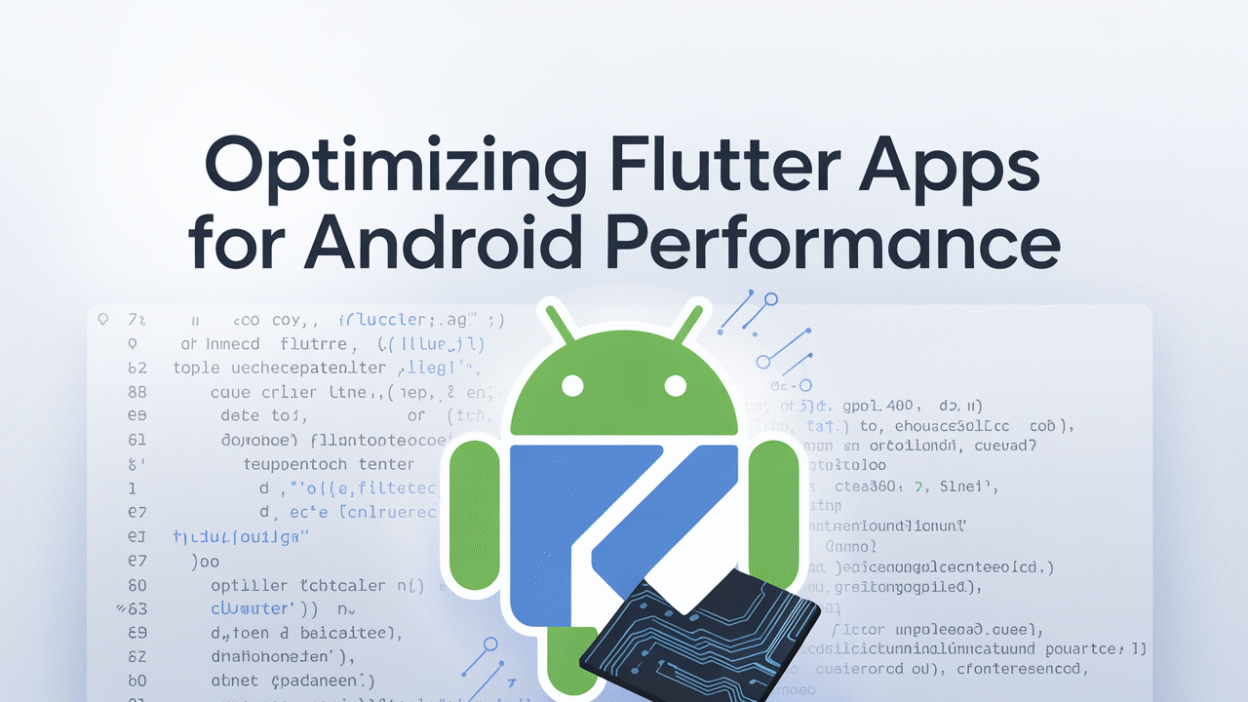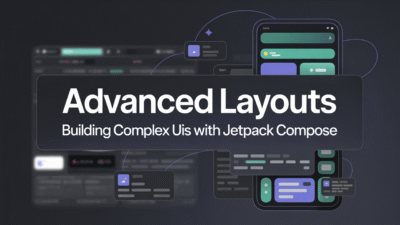Optimizing Flutter Apps for Android Performance
In the fast-paced world of mobile app development, ensuring that your Flutter apps run smoothly on Android devices is crucial. With millions of users relying on seamless performance, optimizing Flutter apps has become more important than ever. This blog post will guide you through essential techniques and best practices to enhance the performance of your Flutter applications on Android .
Understanding the Importance of Optimization
Before diving into optimization strategies, it’s essential to understand why performance matters. A poorly performing app can lead to user frustration, negative reviews, and ultimately, a decline in user retention. By optimizing your Flutter app, you not only improve user experience but also increase the likelihood of your app being recommended and downloaded .
Key Areas for Optimization
Efficient Widget Usage
One of the primary areas to focus on when optimizing your Flutter app is widget usage. Widgets are the building blocks of your app’s UI, and inefficient use can lead to unnecessary rebuilds, which can significantly impact performance. To mitigate this, ensure that you’re using const constructors where possible and avoid rebuilding widgets unnecessarily. Utilize StatefulWidget only when necessary, as excessive use can lead to performance degradation .
Reducing Memory Consumption
Memory management is another critical aspect of optimization. High memory consumption can lead to sluggish performance and even crashes on devices with limited resources. To reduce memory usage, consider implementing lazy loading for images and other heavy assets. Additionally, make use of the dispose method in StatefulWidget to clean up resources when they are no longer needed .
Advanced Techniques for Performance Enhancement
Controlling Widget Rebuilds
Controlling widget rebuilds is vital for maintaining optimal performance. Use the shouldRebuild method in custom widgets to determine if a rebuild is necessary. This approach helps prevent unnecessary rendering, thus conserving processing power and improving overall app responsiveness .
Optimizing Rendering and Animations
Smooth animations and efficient rendering are key components of a high-performing app. To achieve this, utilize the AnimatedBuilder and AnimationController classes effectively. Avoid animating large numbers of widgets simultaneously; instead, focus on animating only what is necessary to maintain fluidity .
Leveraging Built-in Features
Tree Shaking and Deferred Loading
Flutter offers features like tree shaking and deferred loading that can significantly enhance performance. Tree shaking removes unused code from your application, resulting in a smaller app size and faster load times. Deferred loading allows you to load parts of your app only when needed, further optimizing resource utilization .
Monitoring and Measuring Performance
To ensure your optimization efforts yield results, it’s essential to monitor and measure your app’s performance continuously. Tools like the Flutter DevTools provide insights into performance metrics, allowing you to identify bottlenecks and areas for improvement. Regularly profiling your app can help you catch performance issues early in the development cycle .
Conclusion
Optimizing Flutter apps for Android performance is an ongoing process that requires attention to detail and a commitment to continuous improvement. By focusing on efficient widget usage, reducing memory consumption, and leveraging advanced techniques like controlling widget rebuilds and optimizing rendering, you can create a smooth and responsive user experience. Remember to utilize built-in features like tree shaking and deferred loading, and always keep an eye on performance metrics to ensure your app remains top-notch .
By following these best practices, you’ll be well on your way to developing high-quality Flutter applications that stand out in today’s competitive market .


